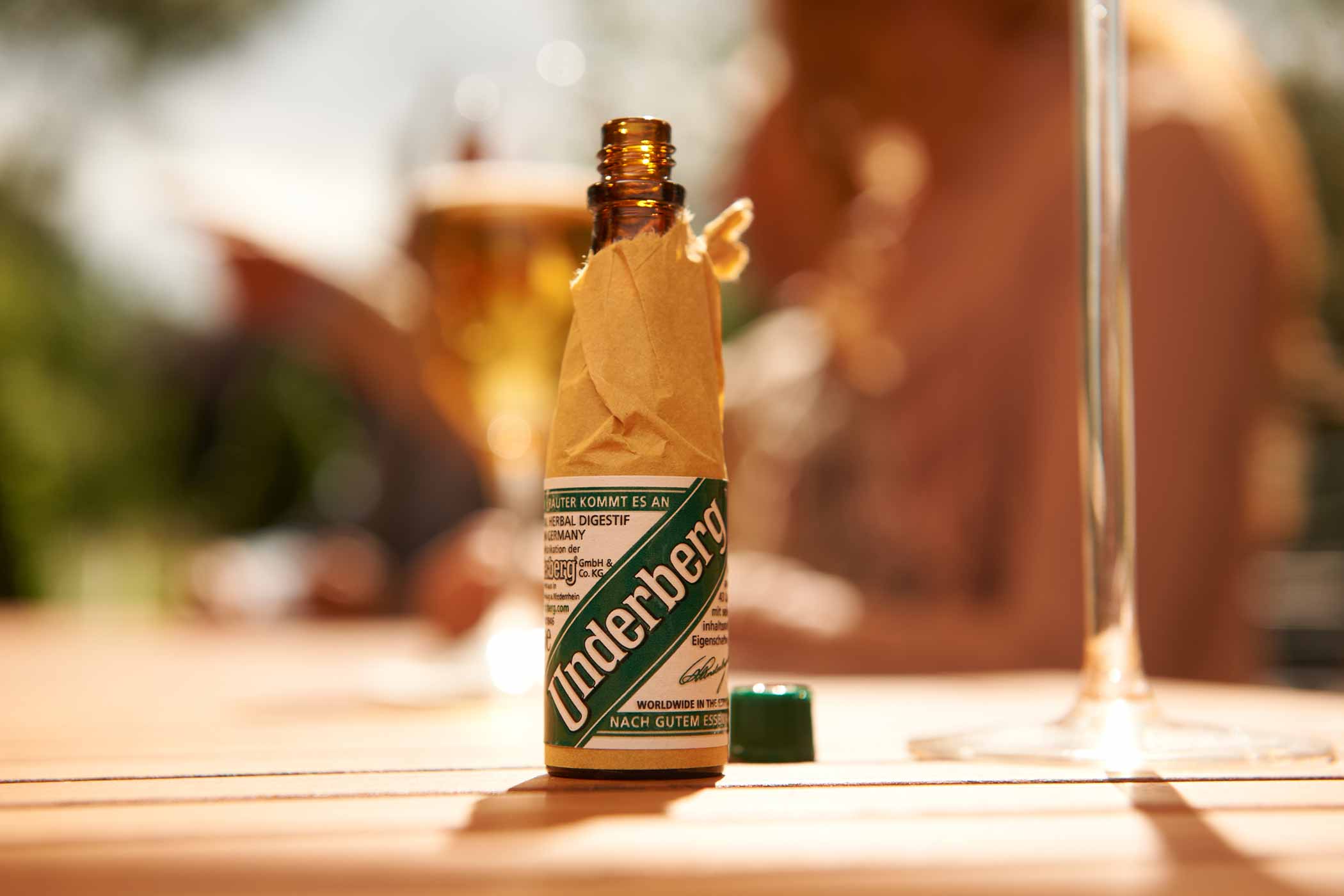Assessing the Risks: Brown Goo In Cabinets

The discovery of brown goo in kitchen cabinets presents a potential health and safety hazard. The unknown composition of this substance necessitates a cautious approach, prioritizing safety and minimizing exposure. Accurate identification is crucial for determining the appropriate handling and disposal methods. Failing to address this properly could lead to various health problems and potential environmental contamination.
The potential health risks associated with brown goo are multifaceted and depend heavily on its composition. It could range from relatively harmless substances like dried food spills to potentially hazardous materials such as mold, decaying organic matter, or even toxic chemicals. Exposure can lead to a variety of problems, depending on the substance and the level of exposure.
Health Risks Associated with Brown Goo Exposure
Exposure to unknown brown goo can trigger allergic reactions in sensitive individuals. This might manifest as skin rashes, respiratory irritation, or even more severe allergic responses depending on the allergen present. Toxic substances, if present in the goo, could cause more serious health issues ranging from mild nausea and headaches to severe organ damage, depending on the toxicity and the level of exposure. Bacterial contamination is another significant concern; various pathogens could thrive in a moist, organic environment, potentially leading to infections if the contaminated material comes into contact with open wounds or is ingested. For example, *Staphylococcus aureus* commonly found in such environments can cause skin infections, while *Salmonella* could lead to food poisoning if indirectly transferred through contaminated surfaces.
Safe Handling and Disposal of Unknown Brown Goo
Before attempting any cleanup, prioritize personal safety. Always wear appropriate personal protective equipment (PPE), including disposable gloves (nitrile gloves are recommended for their chemical resistance), a dust mask or respirator (N95 or better for potential mold spores or fine particles), and eye protection. These measures minimize direct contact and inhalation of potentially harmful substances. Collect the brown goo carefully using disposable materials like paper towels or plastic bags, ensuring no spills occur. Once collected, seal the waste securely in multiple bags, clearly labeling it as “hazardous waste” or “unknown substance” to alert waste handlers to the potential risks. Dispose of the bagged waste according to local regulations; contacting your local waste management authority is advisable for specific guidelines.
Cleaning Up Brown Goo from Cabinets
Cleaning up brown goo requires a systematic approach to prevent further contamination and ensure thorough removal. Start by thoroughly ventilating the area to improve air quality and reduce the risk of inhaling any harmful particles. Protect the surrounding surfaces with drop cloths or plastic sheeting. Prepare a cleaning solution appropriate for the suspected nature of the goo. For example, a solution of mild detergent and warm water is suitable for most organic substances, while a bleach solution (diluted according to manufacturer instructions) may be necessary for mold remediation (always test in an inconspicuous area first). Apply the cleaning solution and gently scrub the affected area with a stiff brush or sponge, taking care not to spread the goo further. Rinse thoroughly with clean water and allow the area to dry completely before replacing items in the cabinet. For stubborn stains or heavily contaminated areas, consider professional cleaning services specializing in hazardous material removal.
Visual Guide to Brown Goo Cleanup
Imagine a step-by-step visual guide. Step 1: A person wearing gloves, a mask, and eye protection is carefully scraping up a small amount of brown goo into a plastic bag. The caption reads: “Gather the goo using appropriate PPE.” Step 2: The person is spraying a diluted bleach solution onto a cabinet surface affected by the goo. The caption reads: “Apply cleaning solution (diluted bleach for mold).” Step 3: The person is scrubbing the surface with a brush, removing the goo. The caption reads: “Scrub the area thoroughly.” Step 4: The person is rinsing the cleaned area with clean water. The caption reads: “Rinse and allow to dry completely.” Step 5: The person is carefully sealing the bag containing the brown goo. The caption reads: “Dispose of the goo according to local regulations.”
Prevention and Remediation

Preventing the unsightly and potentially harmful brown goo in kitchen cabinets requires a multi-pronged approach focusing on proactive measures and diligent maintenance. This involves addressing food storage practices, pest control strategies, and consistent cabinet cleaning to minimize the risk of mold, mildew, and other organic matter accumulation. By implementing these preventative steps, homeowners can significantly reduce the likelihood of encountering this unpleasant problem.
Proper food storage is paramount in preventing the formation of brown goo. Spills and crumbs attract pests and provide a breeding ground for mold.
Preventing Brown Goo Through Proper Food Storage
Maintaining a clean and organized pantry is crucial. Store food in airtight containers to prevent spills and insect infestations. Regularly check expiration dates and discard outdated items promptly. Avoid overstocking cabinets, allowing for proper air circulation. Clean up spills immediately. For example, a small spill of sugar might seem insignificant, but left unattended, it can attract ants and become a sticky, moldy mess over time. Similarly, improperly stored grains can become infested with weevils, contributing to the brown goo problem.
Pest Control Strategies for Cabinet Cleanliness, Brown goo in cabinets
Pest infestations are a major contributor to the formation of brown goo. Regularly inspect cabinets for signs of pests such as ants, cockroaches, or weevils. Seal any cracks or gaps in cabinets to prevent entry. Consider using natural pest deterrents like diatomaceous earth or peppermint oil. Professional pest control services may be necessary for severe infestations. For instance, a cockroach infestation can quickly lead to significant contamination, necessitating professional intervention and thorough cabinet cleaning.
Cabinet Maintenance and Cleaning
Regular cleaning is essential to prevent the accumulation of brown goo. This includes wiping down shelves and walls with a damp cloth and mild detergent at least once a month. Pay close attention to corners and crevices where crumbs and spills often accumulate. Annual deep cleaning is recommended, which involves removing all items from the cabinets and thoroughly cleaning all surfaces. Good ventilation is also crucial; ensure adequate airflow in the kitchen to prevent moisture buildup. A poorly ventilated kitchen can create a humid environment ideal for mold growth, exacerbating the problem.
Step-by-Step Guide to Regular Kitchen Cabinet Cleaning
A consistent cleaning schedule is key. First, remove all items from the cabinets. Next, wipe down all surfaces with a damp cloth and mild dish soap. Pay special attention to corners and crevices. Then, rinse with clean water and dry thoroughly. Finally, replace items, ensuring proper spacing for air circulation. This routine should be performed at least monthly, with a more thorough deep clean conducted annually. For example, during the annual cleaning, you might consider using a baking soda paste to scrub stubborn stains. This detailed approach ensures thorough cleaning and prevents the build-up of organic material.
